|
|

|

10 Plants NEVER to Consume in the Wild in North America
by www.SixWise.com
Earlier this year we featured an article about 10 plants you could eat if you were ever lost in the wild. Well, this article features the plants that you'd definitely want to avoid.
Even if you're not lost in the wild, it's important to know which plants are off limits, as young children and pets will often eat just about anything within reach. As it is, over 100,000 people in the United States call Poison Control Centers every year regarding plant and mushroom exposures.
As a general rule, you should avoid eating any plants that aren't known to be useful for food. But even edible plants can have look-a-likes that are quite poisonous. So when in doubt, don't eat it.
10 Poisonous North American Plants
|
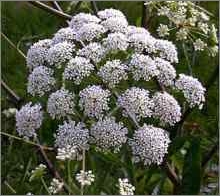 1. Water hemlock (Cowbane) 1. Water hemlock (Cowbane)
Grows in wet or moist ground like swamp, streambeds and ditches. All part, including roots, are poisonous. Even a small amount can lead to death.
|
|
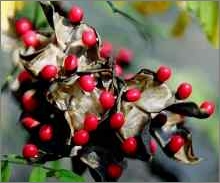 2. Rosary Pea 2. Rosary Pea
This common weed found in southern Florida and Hawaii contains seeds that are so poisonous, one can kill an adult.
|
|
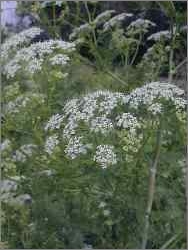 3. Poison Hemlock (Fool's Parsley) 3. Poison Hemlock (Fool's Parsley)
All parts of this plant are dangerous, and it's easy to mix up with wild carrot or Queen Anne's Lace. The ancient Athenians reportedly used the juices of this plant to execute their prisoners, including Socrates. Death is caused by respiratory arrest and heart failure. It grows in meadows, stream banks and ditches.
|
|
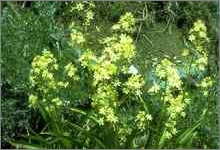 4. Death Camus (Death Lily) 4. Death Camus (Death Lily)
This plant may be mistaken for a member of the onion family, when in reality all parts of the plant are poisonous. It's found in dry, rocky areas, particularly in the western and eastern United States.
|
|
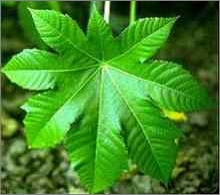 5. Castor Bean 5. Castor Bean
This semi-woody plant contains poisonous seeds that may be mistaken for a bean-like food. Other parts of the plant are also poisonous. It grows in both tropical and temperate regions.
|
|
 6. Iris 6. Iris
Irises can be found in forests, wild areas and garden landscapes. Their roots and rootstock can cause nausea, vomiting, abdominal pain, diarrhea, and elevated temperature.
|
|
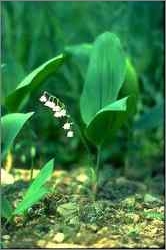 7. Lily of the Valley 7. Lily of the Valley
The leaves and flowers of this plant can cause irregular heart beat and pulse, usually accompanied by digestive upset and mental confusion.
|
|
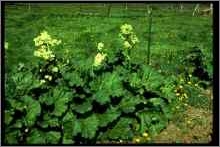 8. Rhubarb 8. Rhubarb
The leaves of the rhubarb plant can cause convulsions, coma, followed rapidly by death. (The stalks, meanwhile, are perfectly safe to eat.)
|
|
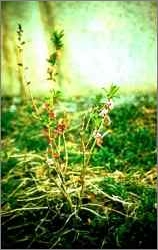 9. Daphne 9. Daphne
A few berries from this plant can kill a child.
|
|
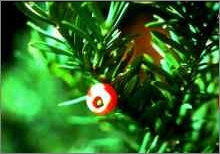 10. Yew 10. Yew
The leaves, seeds and twigs from yew are all toxic, although the foliage is more toxic than the berries. This plant can be fatal and death is usually sudden, without warning symptoms.
|
In addition, because wild mushrooms can be deadly, you should avoid eating any wild mushrooms unless you are an expert and know what you're getting into.s
Recommended Reading
Edible Flowers: 20 of the Tastiest and Most Versatile
Witch Hazel: Unnerving Name, Fantastic Health Benefits to You ... and an Interesting Background
Sources
University of California, Davis: Know Your Plants … Safe or Poisonous?
Cornell University Poisonous Plants Informational Database
Poisonous Plants and Plant Parts
Wilderness Survival: Poisonous Plants
To get more information about this and other highly important topics, sign up for your free subscription to our weekly SixWise.com "Be Safe, Live Long & Prosper" e-newsletter.
With every issue of the free SixWise.com newsletter, you’ll get access to the insights, products, services, and more that can truly improve your well-being, peace of mind, and therefore your life!
|
|
|
|